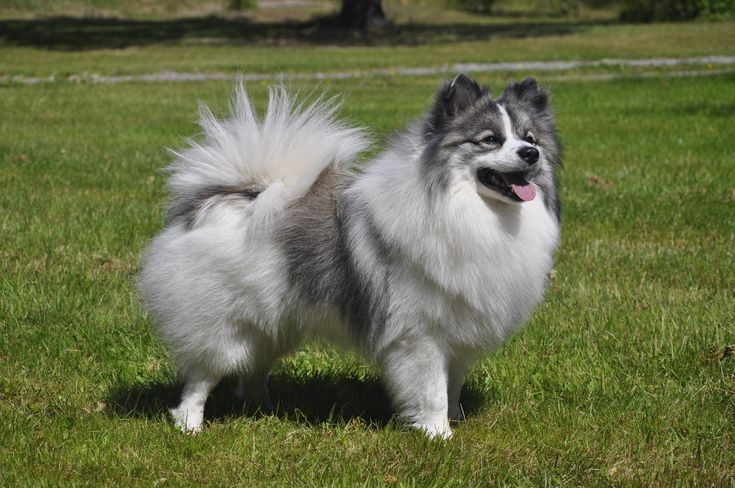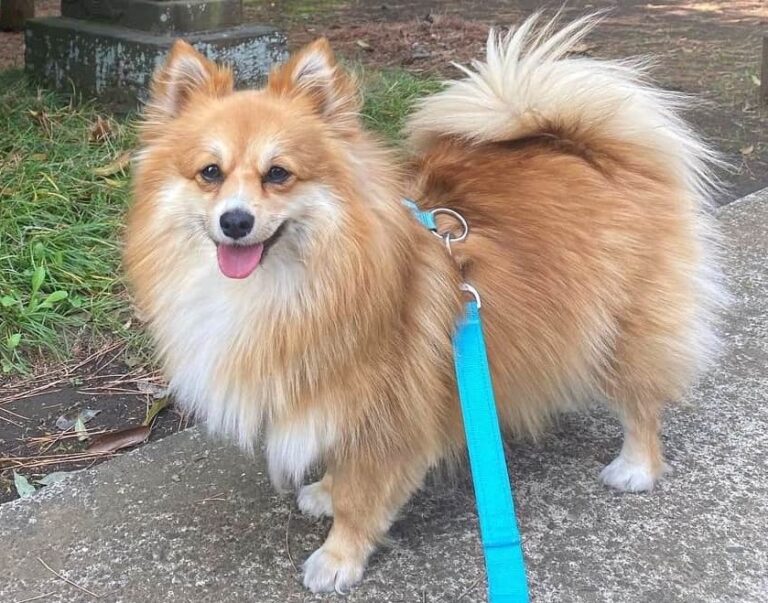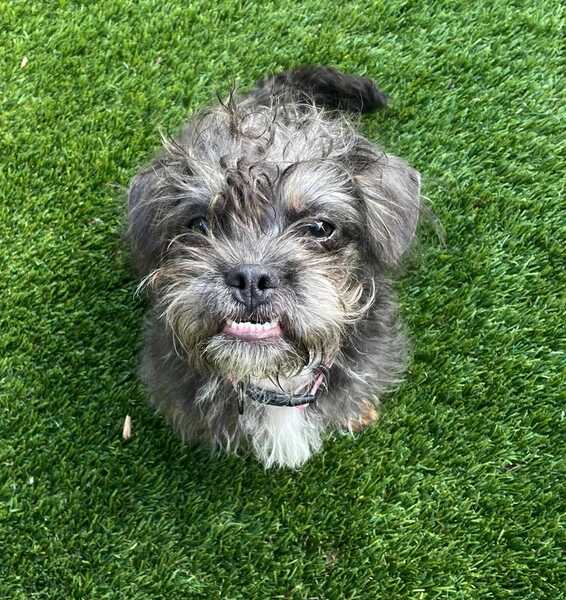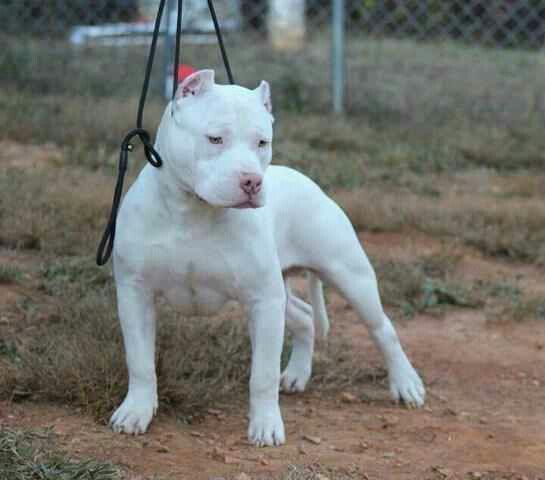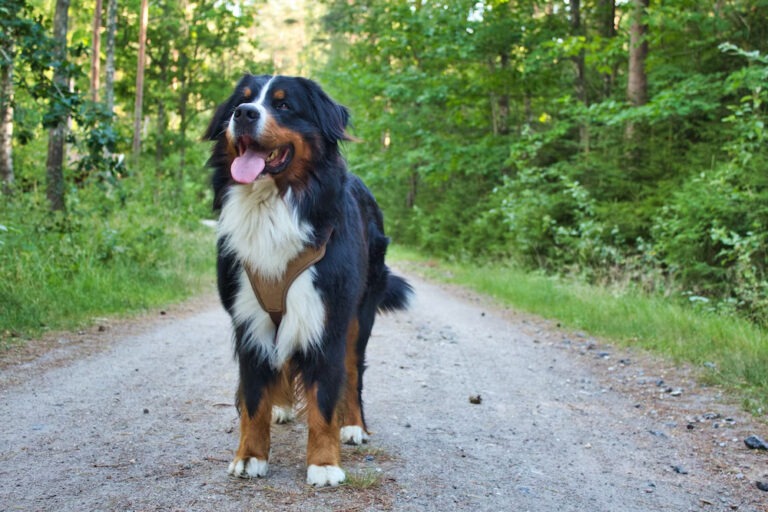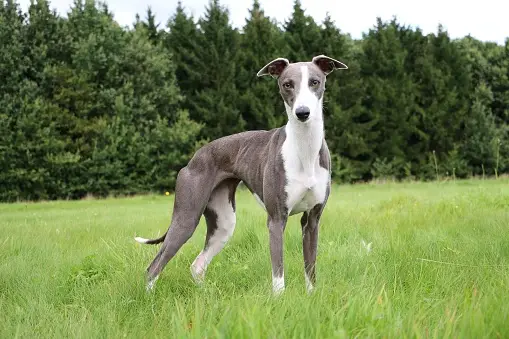Keeshond a dog breed that is not only friendly but also highly intelligent. With their captivating appearance and charming personality, Keeshonds have become a popular choice among dog enthusiasts. This article will delve into the various qualities and characteristics that make the Keeshond an exceptional pet. Whether you are a first-time dog owner or a seasoned pro, this comprehensive guide will provide you with all the information you need to know about the Keeshond breed. Prepare to be amazed by the incredible traits of this lovable and intelligent dog!
History and Origin of the Keeshond
The Dutch Barge Dog
The Keeshond, also known as the Dutch Barge Dog, has a rich history dating back several centuries. It is believed to have originated in the Netherlands and was primarily used as a watchdog and companion on Dutch river barges. The breed’s name, “Keeshond,” is derived from the Dutch word “kies,” which means “to comb,” referring to the dog’s distinctive thick, double coat that requires regular grooming.
The Keeshond in the Netherlands
In the Netherlands, the Keeshond quickly gained popularity among the working class and became a familiar sight on Dutch barges and farms. These dogs were highly valued for their alertness, intelligence, and loyalty. They were not only excellent watchdogs but also served as trusted companions and family pets. The Keeshond’s friendly and sociable nature made it a beloved breed among the Dutch people.
The Keeshond in the United States
The Keeshond was introduced to the United States in the late 19th century. Initially, it was primarily owned by Dutch immigrants who brought their beloved companions with them to their new homeland. Over time, the breed’s popularity grew, and it gained recognition by the American Kennel Club (AKC) in 1930. Today, the Keeshond is cherished by dog enthusiasts across the United States for its friendly and intelligent nature.
In conclusion, the Keeshond holds a significant place in both Dutch and American history. Its origins as the Dutch Barge Dog highlight its working-class roots, while its presence as a loyal and intelligent companion in both countries showcases its enduring popularity. Whether on a Dutch barge or in an American household, the Keeshond continues to bring joy and companionship to its owners with its friendly and intelligent demeanor.
Physical Characteristics and Appearance
Size and Weight
The Keeshond is a medium-sized dog breed with a sturdy and well-proportioned body. On average, adult Keeshonds stand at about 17 to 18 inches (43 to 46 cm) tall at the shoulder. In terms of weight, they typically range from 35 to 45 pounds (16 to 20 kg). Despite their medium size, Keeshonds have a robust build that showcases their strength and agility.
Coat and Color
One of the most striking features of the Keeshond is its luxurious double coat. This breed has a thick, plush undercoat that is covered by a longer, harsh-textured outer coat. The combination of these layers creates a beautiful and voluminous appearance. Keeshonds have a distinct ruff around their necks, which further enhances their majestic presence.
In terms of color, the Keeshond is known for its signature pattern. They typically have a mixture of gray, black, and cream fur. The base color of their coat is a beautiful silver-gray, while their muzzle, ears, and tail are predominantly black. This coloration, along with their expressive dark eyes, gives them an endearing and captivating look.
Distinctive Facial Markings
One of the most notable features of the Keeshond’s appearance is their distinctive facial markings. This breed has a mask-like pattern on their face, which includes dark fur around their eyes and a lighter coloration on their muzzle. The contrast between the dark mask and the light fur on their cheeks and forehead creates a striking and expressive look.
Additionally, Keeshonds have small, triangular ears that stand proudly on top of their head, adding to their alert and intelligent expression. Their muzzle is medium in length, and their lips have a black lining, emphasizing their friendly and welcoming smile.
Keeshond is a visually captivating dog breed with unique physical characteristics. From their medium-sized and sturdy frame to their luxurious double coat and distinctive facial markings, they truly stand out in terms of appearance.
Temperament and Personality Traits
Friendly and Affectionate
Keeshonds are known for their friendly and affectionate nature. They are social animals and enjoy being around people and other animals. Keeshonds have a natural tendency to form strong bonds with their owners and make great family pets. They are often referred to as “velcro dogs” because they like to stick close to their loved ones. Their friendly disposition makes them a popular choice for families with children or multiple pets.
Intelligent and Alert
Keeshonds are highly intelligent and have a keen sense of alertness. They are quick learners and enjoy mental stimulation. Their intelligence and alertness make them great candidates for obedience training and various dog sports. Keeshonds excel in activities that challenge their minds and keep them engaged. Their intelligence also enables them to be highly adaptable and responsive to their owners’ commands and cues.
Good with Children and Other Pets
Keeshonds are known for their gentle nature and are usually great with children. They have a patient and tolerant demeanor, making them excellent companions for kids of all ages. Keeshonds are also generally friendly towards other pets, including cats and other dogs. Their social and amiable nature allows them to get along well with different animals, making them a harmonious addition to multi-pet households.
Keeshond breed possesses a temperament and personality that is friendly, affectionate, intelligent, and alert. They are not only good with children but also get along well with other pets. Their loving nature combined with their intelligence makes them an ideal choice for families looking for a loyal and adaptable canine companion.
Training and Exercise Needs
Need for Mental Stimulation
Training and exercising a Keeshond goes beyond just physical activities. These intelligent dogs have a strong need for mental stimulation to keep their minds sharp and engaged. Mental exercises such as puzzle toys, interactive games, and obedience training can help satisfy their intellectual cravings. Providing them with challenges and problem-solving opportunities will prevent boredom and promote mental well-being.
Obedience Training
Obedience training is essential for a Keeshond’s well-rounded development. These friendly dogs thrive on structure and guidance, making them highly trainable. Consistent and positive reinforcement training methods work best with Keeshonds. Teaching them basic commands like sit, stay, and come will not only ensure they are well-behaved but also provide mental stimulation and strengthen the bond between the dog and its owner.
Physical Exercise Requirements
While mental stimulation is crucial, it is equally important to meet a Keeshond’s physical exercise needs. Despite their fluffy appearance, Keeshonds are an energetic breed that requires regular physical activity to maintain their overall health and happiness. Daily walks, playtime in a secure area, and interactive activities like fetch or agility training are ideal for keeping them physically fit and mentally stimulated.
Remember, a tired Keeshond is a happy Keeshond! Providing them with appropriate mental and physical exercise will prevent behavioral issues and help them lead a balanced and contented life.
Health Issues and Care
Common Health Problems
When it comes to the health of your Keeshond, there are a few common health problems that you should be aware of. These include:
- Hip Dysplasia: This is a condition where the hip joint doesn’t develop properly, leading to discomfort and mobility issues. Regular exercise and maintaining a healthy weight can help reduce the risk of hip dysplasia in Keeshonds.
- Patellar Luxation: This occurs when the kneecap slips out of its normal position, causing lameness and pain. Regular veterinary check-ups can help detect this condition early on and appropriate measures can be taken to manage it.
- Progressive Retinal Atrophy (PRA): PRA is a genetic eye disorder that can lead to vision loss and eventually blindness. Regular eye examinations by a veterinary ophthalmologist are crucial to catch any signs of PRA early and take necessary steps to slow down its progression.
Grooming Needs
The Keeshond has a thick double coat that requires regular grooming to keep it healthy and looking its best. Here are some grooming tips for your Keeshond:
- Brushing: Regular brushing is essential to remove loose hair and prevent matting. Aim to brush your Keeshond at least two to three times a week. During shedding seasons, daily brushing may be necessary.
- Bathing: Keeshonds have a self-cleaning coat, and they generally do not require frequent baths. However, when your Keeshond does get dirty or starts to smell, use a mild dog shampoo and thoroughly rinse the coat to keep it clean and fresh.
- Nail Trimming: Trim your Keeshond’s nails regularly to prevent overgrowth, which can cause discomfort and difficulty in walking. If you are unsure about how to trim their nails, consult a professional groomer or your veterinarian for guidance.
Nutrition and Dietary Requirements
Proper nutrition is vital for the overall well-being of your Keeshond. Here are some guidelines to ensure they receive a balanced diet:
- High-quality Dog Food: Choose a high-quality dog food that is specifically formulated for medium-sized breeds. Look for a brand that lists real meat as the first ingredient and avoids artificial additives or fillers.
- Feeding Schedule: Divide your Keeshond’s daily food portion into two or three meals to prevent overeating and aid in digestion. Follow the feeding guidelines provided on the dog food packaging, but adjust the portion size based on your Keeshond’s activity level and weight.
- Avoid Overfeeding: Keeshonds have a tendency to gain weight easily, so it’s important to monitor their calorie intake and avoid overfeeding. Obesity can lead to various health issues, including joint problems.
Remember to consult your veterinarian for personalized advice on your Keeshond’s specific health, grooming, and dietary needs. By providing proper care and attention, you can help ensure a happy and healthy life for your beloved Keeshond companion.
Keeshond is a highly desirable breed of dog due to its friendly nature and high intelligence. With its striking appearance and affectionate temperament, it makes for an ideal companion for individuals and families alike. Whether you are looking for a loyal and loving pet or a trainable and versatile working dog, the Keeshond has it all. Its ability to excel in various roles, from therapy dog to agility champion, further solidifies its reputation as a well-rounded and adaptable breed. By choosing a Keeshond, you are not only bringing home a wonderful four-legged friend but also gaining a loyal and devoted companion for life.

